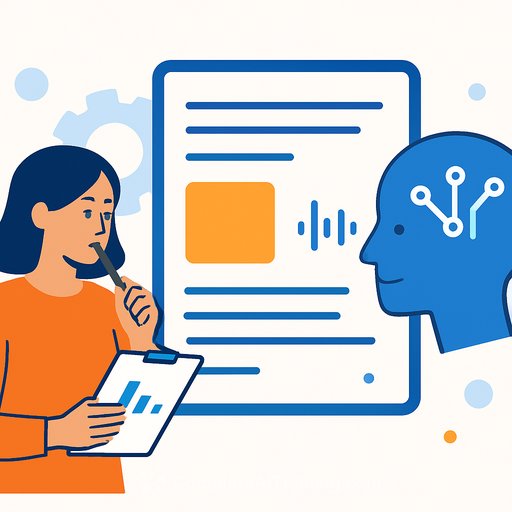Agentic Systems Are Taking Over Orchestration So Your Team Can Focus on Strategy
In pilot implementations, agentic systems have automated the vast majority of routine orchestration decisions. That frees brand teams and medical affairs to focus on strategy, creative development, and high-touch stakeholder relationships instead of campaign logistics.
What "agentic orchestration" looks like in practice
Think of agents as always-on operators that make small, repetitive decisions within your rules. They act on data in real time, keep campaigns moving, and surface exceptions for humans.
- Audience eligibility and suppression across channels
- Channel selection, frequency, and send-time optimization
- Creative variant selection based on context and constraints
- Budget pacing and inventory allocation within limits
- Automated routing for approvals and medical/legal review
- Event follow-ups, lead handoffs, and field alerts
- Continuous A/B/n testing and safe exploration
What stays human
- Strategy: goals, positioning, offer design, and messaging hierarchy
- Creative judgment: narrative, big ideas, and brand voice
- Relationships: high-value customer, KOL, and partner interactions
- Exceptions: escalations, nuanced compliance calls, and ethical tradeoffs
A practical rollout plan
- Weeks 1-2: Map decisions. List every recurring decision in your orchestration layer. Tag each by volume, risk, and impact. Pick 3-5 low-risk, high-volume decisions for phase one.
- Weeks 3-6: Set guardrails. Define policies: audiences, limits, exclusions, and budget bands. Add human-in-the-loop checkpoints for edge cases.
- Weeks 7-10: Integrate and test. Connect CDP, MAP, CRM, DAM, and analytics. Run agents in shadow mode to compare against your baseline. Move to production once variance is acceptable.
Governance and risk controls
- Policy-as-code: encode compliance, brand rules, and consent handling
- Audit trails: log every decision, input, and outcome
- Fallbacks: clear overrides, kill switches, and rollback plans
- Bias checks: monitor segment exposure and treatment fairness
For a simple, recognized framework to anchor your governance, review the NIST AI Risk Management Framework.
Metrics that prove it's working
- Cycle time: decision and campaign lead-time reduction
- Manual touches: tasks per campaign and approver hours saved
- Spend discipline: pacing within +/- target and waste reduction
- Engagement lift: CTR/opens for emails, response rate for field follow-ups, event attendance
- Quality and safety: error rate, compliance deviations, and rework
Where to start: high-ROI automations
- Frequency capping and suppression across channels
- Send-time and channel selection for lifecycle programs
- Creative variant rotation with strict brand/compliance rules
- Budget pacing and bid adjustments within set ranges
- Medical/legal review routing and SLA reminders
- Post-event follow-ups and sales/field handoffs
Data and stack checklist
- Clean inputs: consent status, channel preferences, segment definitions, exclusions
- Unified IDs: consistent person/account keys across CDP, MAP, CRM
- Content metadata: claims, fair balance, usage contexts, and expiry dates
- APIs and webhooks: real-time triggers, status updates, and logging to analytics
Operating model that scales
- Daily: agents run, dashboards monitor, anomalies triaged
- Weekly: review tests, adjust policies, update creative pools
- Monthly: add one new decision to automate, retire one manual workflow
- Quarterly: audit compliance logs, refresh data contracts, retrain where needed
Common pitfalls and how to avoid them
- Over-automation: keep humans on the "why," agents on the "how"
- Poor data hygiene: fix identity and consent before scale
- Opaque logic: require explainability for every agent action
- One-off pilots: document playbooks and templates from day one
The bottom line
Let agents handle the repetitive orchestration work. Your team can redirect time to strategy, creative, and the conversations that move markets and strengthen trust.
If you want structured training to skill up your team, explore the AI Certification for Marketing Specialists or browse courses by job function at Complete AI Training.
Your membership also unlocks:






